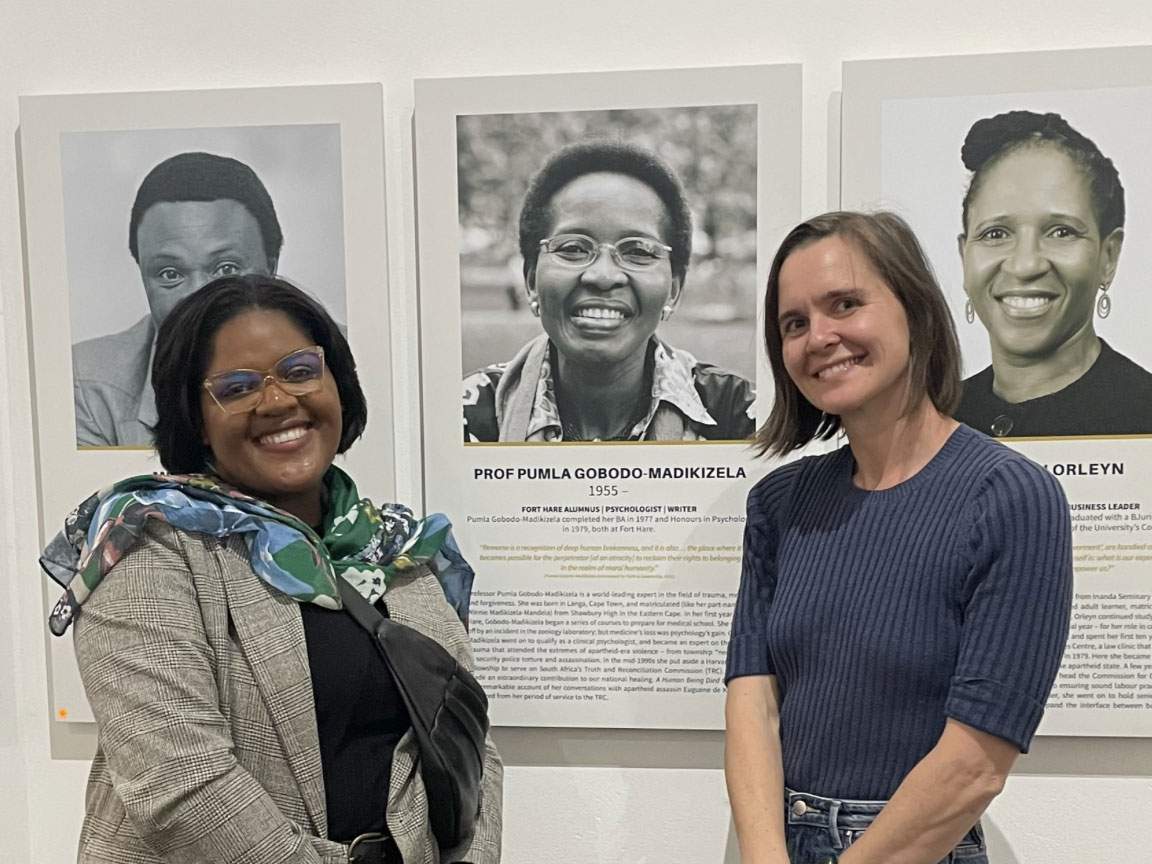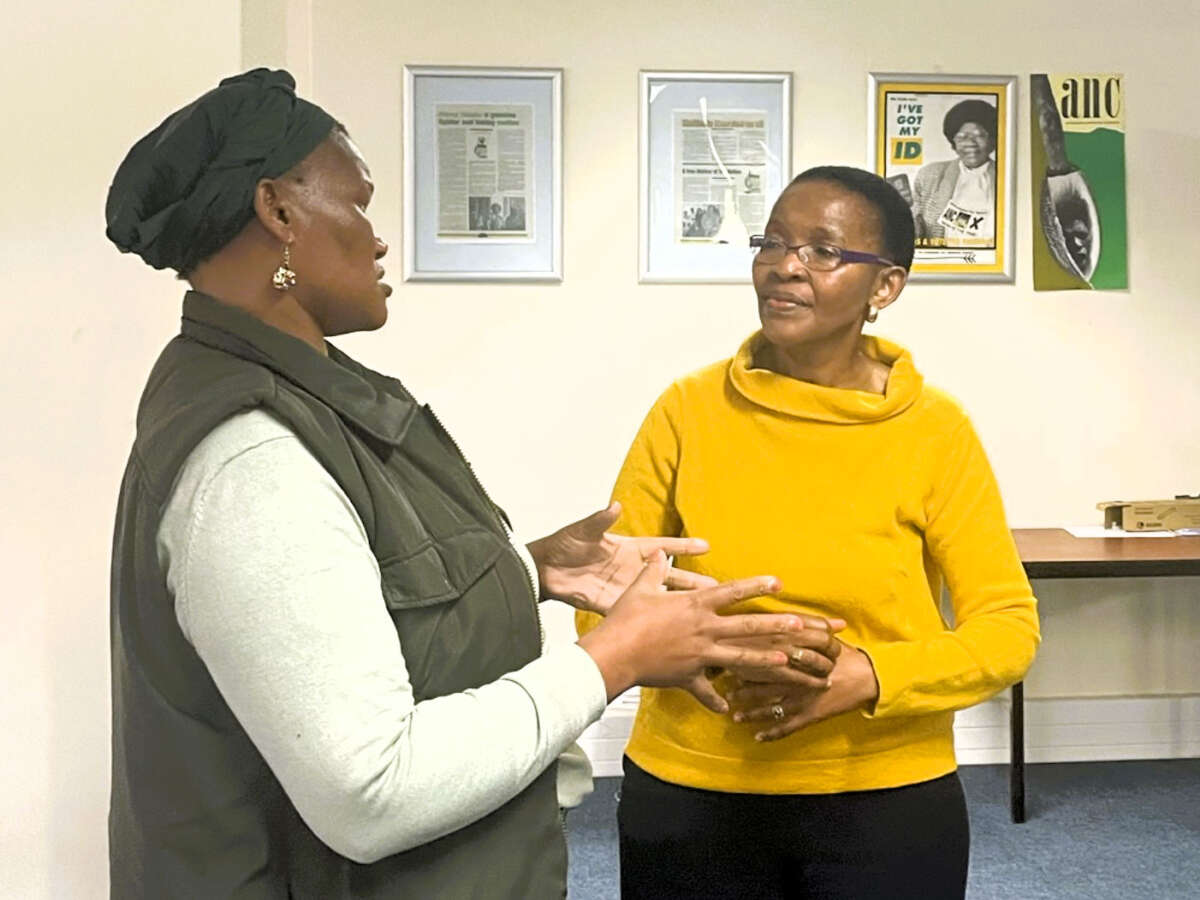AVReQ, Stellenbosch University in Collaboration with the National Heritage and Cultural Studies Centre (NAHECS), University of Fort Hare
At the AVReQ Centre, we explore critical questions about the afterlives of violence and ethics and practices of reparation. We are interested in expanding these lines of inquiry in relation to museum spaces, collections and archives. Currently we have postdoctoral scholars in the Centre whose work focuses on institutional histories (Dr Anell Stacey Daries) as well as masters students working in this field; another postdoctoral fellow whose focus is museum collections, ethics, and visual culture (Dr Sophia Olivia Sanan), as well as affiliated Professors working on African aesthetics and art histories (Professor Tamar Garb) and AVReQ director Prof Gobodo-Madikizela who leads the way on work with memory and the afterlives of violence.
At AVReQ we have a strong connection with the Stellenbosch University Museum and would like to strengthen this relationship through further partnerships with other university museums and research centres such as NAHECS at Fort Hare. Some of the avenues we would like to explore are possible workshops/ seminars between the institutions and strengthening possibilities for sharing research and pedagogical methodologies. We would like to activate greater cross-institutional and cross-disciplinary interest in museum collections, encourage greater utilisation of museum spaces and archives as key sites of critical debate and pedagogical exploration
In pursuit of this endeavour, on 8 April, a small team from AVReQ (Professor Pumla Gobodo-Madikizela, Prof Tamar Garb, Dr Sophia Olivia Sanan and Dr Anell Stacey Daries), travelled to Fort Hare University in Alice, Eastern Cape. We were received warmly by colleagues in NAHECS (the Centre for National Heritage and Cultural Studies) at Fort Hare: Ayodele Ladokun (archivist); Sinazo Mtshemla (archivist and PhD candidate); Dr Thozama April (senior curator at Fort Hare) and Professor Luvuyo Wotshela (Director of NAHECS).
We spent a very fruitful day together, first discussing in depth shared challenges and opportunities in the field of heritage, history, collections, research and teaching in our respective institutional contexts. Thinking about creative, ethical and relevant methodologies to explore the limits of conventional archival research, and as a cross-disciplinary and cross institutional collective, we explored the possibilities of further collaboration and conversation in this area of work, between Stellenbosch University and Fort Hare.
Our colleagues showed us around the fantastic exhibition on Fort Hare’s history displayed in the Fort Hare Gallery, as well as the extensive and well kept archives and collections housed in NAHECS. These collections include one of the most important collections of Black Art in South Africa, as well as extensive liberation related archives and anthropological collections that the museum inherited. In closing, the group engaged with a thought-provoking seminar by Professor Tamar Garb about Ernest Mancoba’s visual language(s) and concepts of planetary humanism, thinking together about the role of the arts, creativity and translation in bringing to life the not yet said, the new, the undefinable. It was the beginning of a longer engagement with NAHECS and Fort Hare colleagues, as we plot out spaces of collaboration and exchange in the near future.




